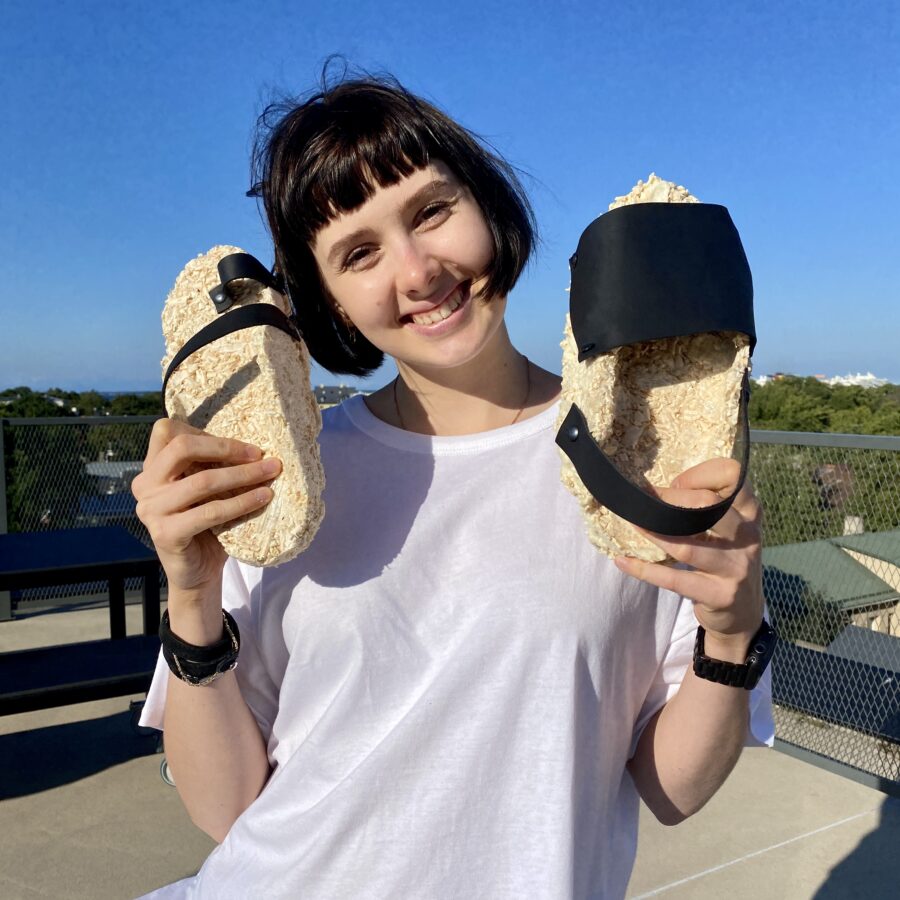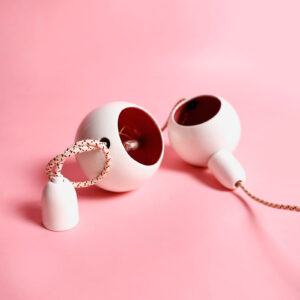
In the March Product Designer Form, we introduce Mariann Hendrikson, a student of industrial design, who is a good communicator and organizer, always smiling and bright, and actively participates in both student life and organizing workshops. You can always count on Marianne
Name: Mariann Hendrikson
Position: Hunt Kriimsilm
Connection with EKA: Industrial design student (2nd year)
1. What projects do you have on hand at the moment?
The topic of the spring semester special project is the mover – the last mile, which means that during the semester we try to create a new or better solution for how to complete the last leg of the journey to the destination. In addition to this, I give workshops together with kursakas in pre-academy and high schools, where we introduce EKA, design and product design.
2. What is your favorite stage of creating a product and what does it look like?
I don’t have a favorite stage when creating a product, but I really like to see how the idea process is constantly developing and changing. An initial vision can be learned through research and experimentation ultimately something else.
3. Paper and pen vs. digital media – which do you prefer?
Definitely paper and pen, but I always have a computer at hand, because there are things that are more convenient to do digitally. At the same time, I have a bookshelf full of design books, so what if most of them are too available in digital version. It is also interesting to see how the course is more or less divided in the lectures in half: digi mostly summarizes on a computer, industry usually still has a paper notebook on hand.
4. What is/was your favorite project while studying at EKA? What a discovery for myself did?
My favorite project so far has been the Estoplast and Slow Design project last semester, within which, based on the principles of slow design, a product had to be created that would fit the new one generation Estoplast product range. Since the project was in cooperation with the ceramics department of EKA, then there was an opportunity to work with porcelain as well – an opportunity I did not want to miss. During the project, I learned to work with completely new materials for me, plaster and porcelain, from which I made my own completely with my own hands, imitating the shape of the Estoplast cult lamps egg lamps. I discovered that I also like to deal with the technical side of products in design and that connecting wires is not always a space science and is completely doable independently, if it takes patience and wisdom.
5. Guilty pleasure or “poor design or means of design”, what do you secretly like?
My guilty pleasure is buying books. I know the libraries are very well stocked and nowadays there are digital versions, but that’s how I like it in my paper books to underline the most important things and put them full of sticky notes. Buying books is something which satisfies the shopaholic in me without feeling bad about over-purchasing later i would feel
6. Something you wish you were a designer?
Person. Everything made by nature is perfect.
7. 1 good read that has inspired you professionally? (book, article, scientific literature, etc in print or online…)
There are endless good books, but I would highlight Kevin Ashton’s book “How to Fly a Horse”, which talks about how everyone can create and be creative: brilliant solutions don’t happen overnight, but behind everything is work, toil, trials and disappointments and constantly overcoming them and again trying. “Winners are not those who never fail, but those who never quit.” (Edwin Louis Cole)
8. Besides design, what else attracts you?
Apart from design, keeping fit both mentally and physically attracts me: when I’m not at school, then I’m probably reading a book or working out. In addition, I also like to be in the kitchen to experiment and cook for friends. Since I worked as a baker-confectioner in the summer, it’s perfect it is common for a warm pretzel and windbreakers to be waiting on the table when you visit.
9. Which experience so far has shaped you the most as a designer and how?
I have been shaped the most as a designer by various workshops and co-creations: both high school students, with students from other universities as well as organizations. Human-centered design is based on the person, however no one knows a person better than the person himself. Such a design process has broadened my worldview and showed me what the role of a designer will be in the future.
10. Portfolio (or something similar) – Where can we learn more about your works and activities?
Linkedin: Mariann Hendrikson
Instagram: @mariannhendrixon

